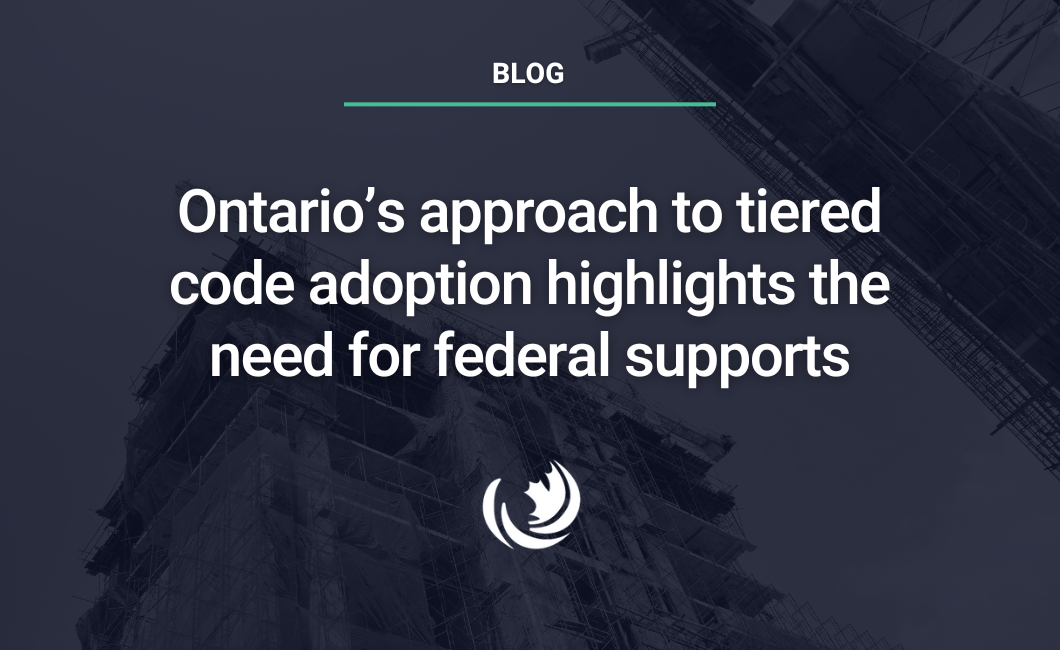
Supported by the sector, a national model code objective has been put forward that recognizes the impact of operational and embodied carbon emissions throughout the buildings’ lifecycle. This change could open the door for building code provisions that limit or reduce emissions from building operations as well as construction materials.

In this blog, we dig into the intent of the 2020 model building codes, how Ontario is adopting and harmonizing their approach, and what it can teach us about how model code adoption may be applied in other provinces. The conclusion is that the federal government needs to take action to accelerate commitments to net-zero buildings. To reach these commitments, citizens concerned about climate change also need to raise their voices.

Airtightness testing is a critical measure needed to ensure that unintentional airflow does not cause energy losses, structural damage, or poor indoor air quality in new buildings.




